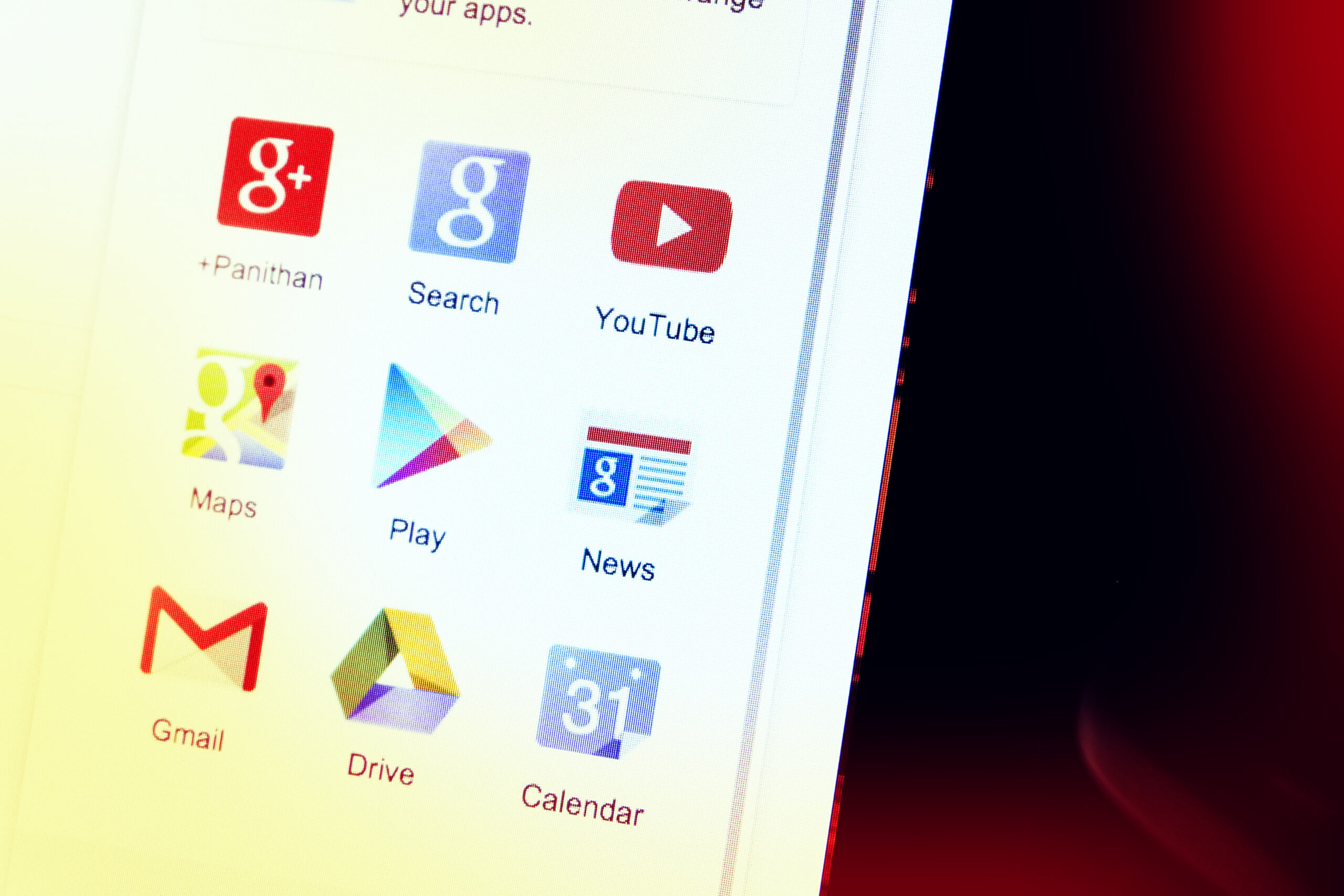Social media has become an integral part of our daily lives, allowing us to connect with friends, family, colleagues, and even strangers from around the world. However, as we share more information about ourselves online, it’s essential that we take steps to protect our privacy and personal data. In this blog post, we will discuss how you can manage your social media privacy settings and safeguard your identity while using these platforms.
Introduction to Cybersecurity and Privacy
Cybersecurity refers to the protection of computer systems, networks, and sensitive information from unauthorized access or attack. With the increasing use of technology in our everyday lives, cyber threats have also increased, making it crucial for individuals and organizations to implement measures to prevent cyber attacks. Privacy is a critical aspect of cybersecurity, which involves controlling the collection, use, and disclosure of personal information.

Managing Your Social Media Privacy Settings
One way to enhance your privacy on social media platforms is by adjusting your account settings. Most social media sites allow users to control their privacy preferences, including who can see their posts, profile pictures, and other personal information. Here are some tips for managing your social media privacy settings:
Review your platform’s privacy policy regularly to stay up-to-date with any changes.
Adjust your account settings to limit who can view your content, such as setting your profiles to private or restricting certain posts to specific groups.
Avoid sharing sensitive information like your full name, address, phone number, or date of birth publicly.
Protecting Your Identity on Social Media
Identity theft is one of the most common types of cybercrime, where criminals steal personal information to commit fraudulent activities. To avoid becoming a victim of identity theft, here are some best practices to follow:
Use strong passwords that include a mix of letters, numbers, and symbols, and change them frequently.
Enable two-factor authentication (2FA) to add another layer of security to your accounts.
Be cautious when clicking on links or downloading attachments from unknown sources, as they may contain malware or viruses.
Common Threats and How to Avoid Them

There are several common cyber threats that you should be aware of, including phishing scams, malware attacks, and ransomware. Phishing scams involve tricking people into revealing their login credentials or credit card details through fake emails or websites. Malware is a type of software designed to damage or gain unauthorized access to computers, while ransomware encrypts files until a ransom is paid. To avoid these threats, here are some tips:
Never click on suspicious links or download attachments from untrusted sources.
Keep your antivirus software updated to detect and remove malware.
Backup your important files regularly to protect against ransomware attacks.
Conclusion
In today’s digital age, it’s imperative to take proactive measures to protect your privacy and personal data while using social media platforms. By following best practices like managing your privacy settings, being cautious of potential threats, and keeping your software up-to-date, you can minimize the risk of falling prey to cybercriminals. Remember, staying safe online starts with you!